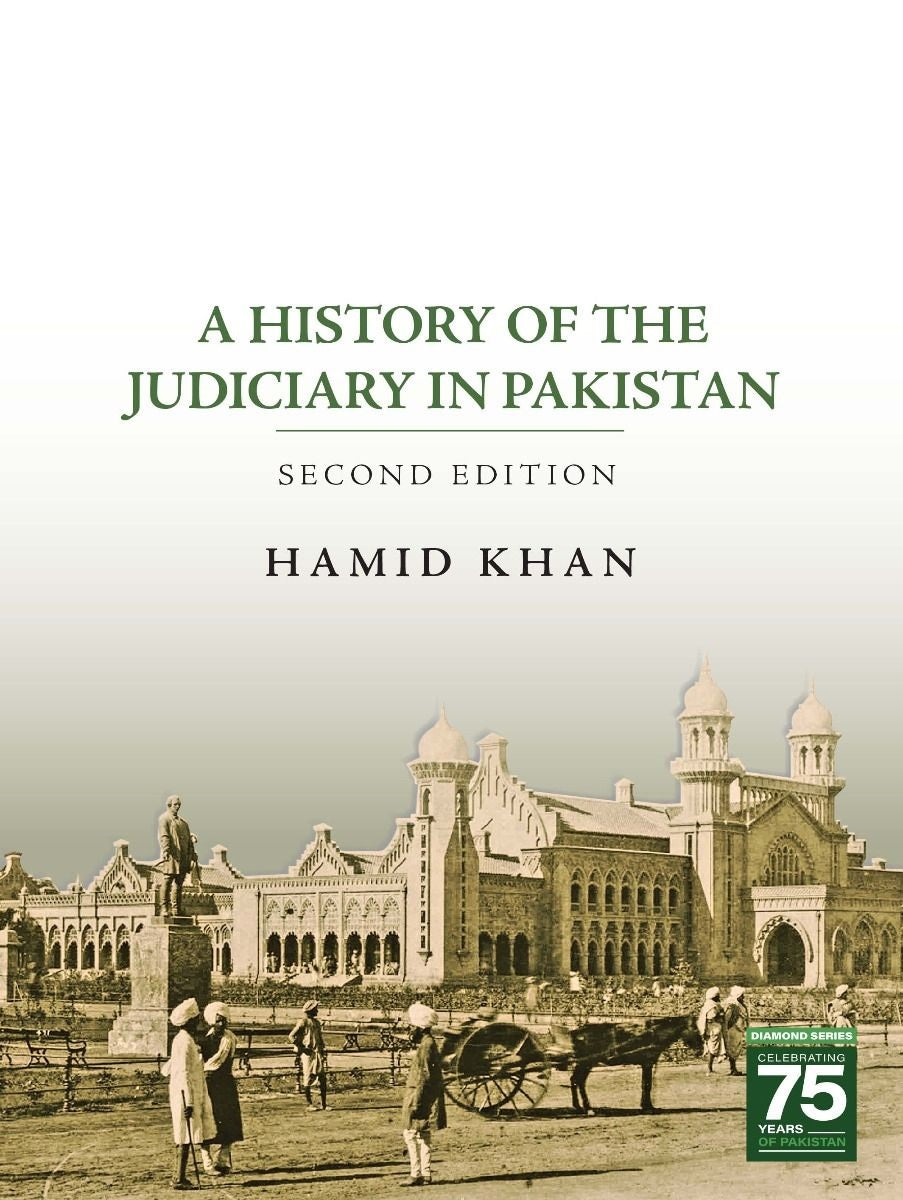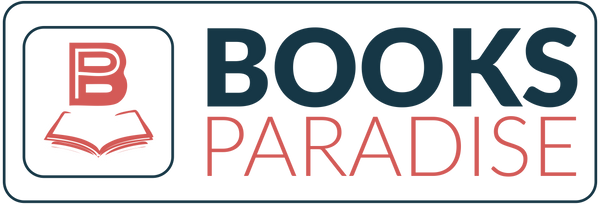A History of the Judiciary in Pakistan
A History of the Judiciary in Pakistan
Couldn't load pickup availability
Writer: Hamid Khan
Pages: 576
Category: English, Law Books
This book undertakes a comprehensive study of Pakistan’s judicial history since Independence. It includes detailed discussion of the act, lives, and judgments of significant Pakistani judges, with their continuing effects on the life of the nation.
One of the three primary organs of the state, the judiciary in Pakistan has attained a particularly prominent profile over the last decade and a half. The dramatic restoration to office of the Chief Justice, following the celebrated Lawyers’ Movement of 2007; the exercise of suo moto jurisdiction by the Supreme Court in matters of enforcement of fundamental rights; the increasingly prominent role the Judiciary is playing in the resolution of conflicts: these and other developments have further enhanced interest in the judiciary, which has become a focal point for people’s aspirations and hopes.
This is the second edition of the book; the first edition was published in 2016. This book will be of special interest to lawyers, judges, law professors, and to students of law, political science, and history, as well as general readers.
Hamid Khan is a Senior Advocate of the Supreme Court of Pakistan and a founding partner of a leading law firm of Pakistan, Cornelius, Lane & Mufti. He is former President of the Supreme Court Bar Association of Pakistan (2001–3), and of the Lahore High Court Bar Association (1992–3). He regularly lectures on various legal subjects at the University of the Punjab, Civil Services Academy, Administrative Staff College, and the National Institute of Public Administration. He is an Ebert and DAAD Fellow, and a member of the Hague Academy of International Law. His other publications include: Comparative Constitutional Law, (OUP 2022), The Islamic Law of Inheritance, 2nd Edition (OUP 2021), Principles of Administrative Law, 2nd Edition (OUP 2020), and The Constitutional and Political History of Pakistan, 3rd Edition (OUP 2017).
View full details


